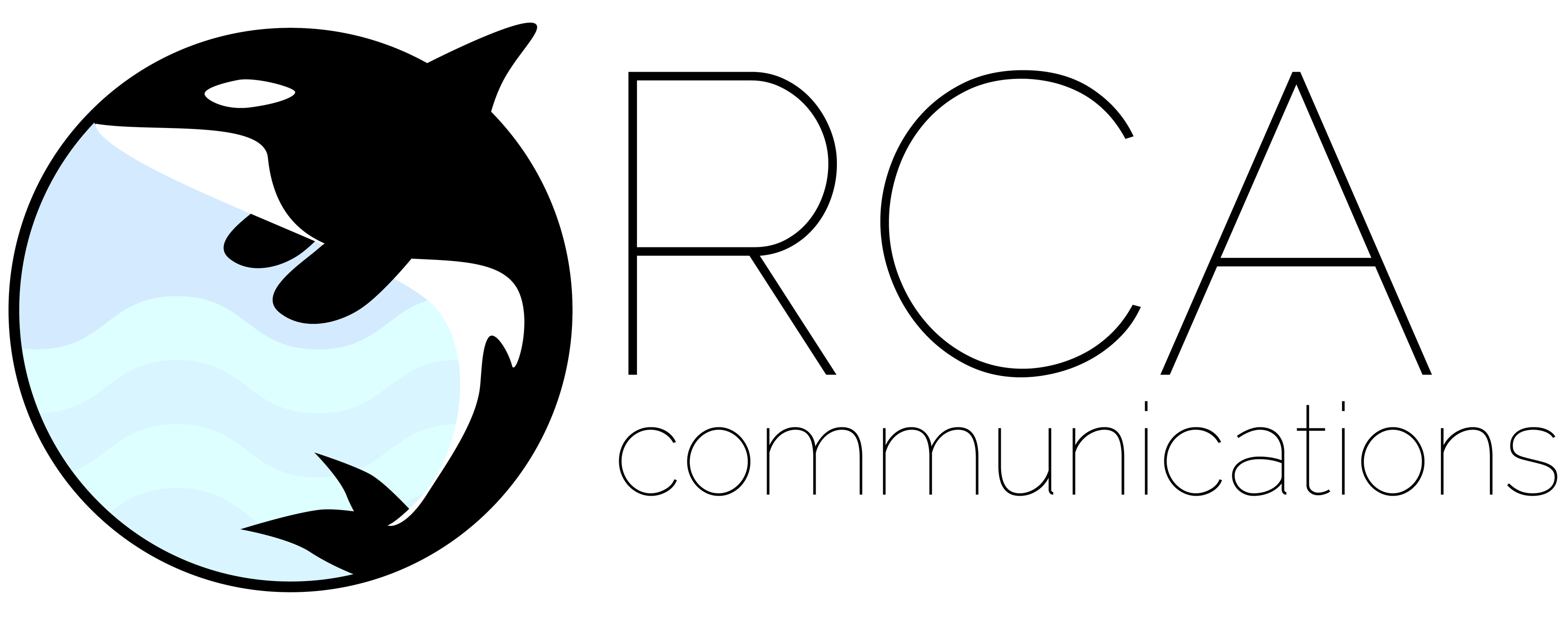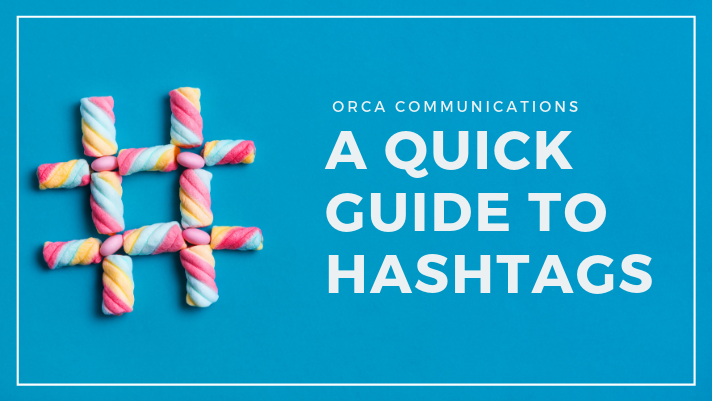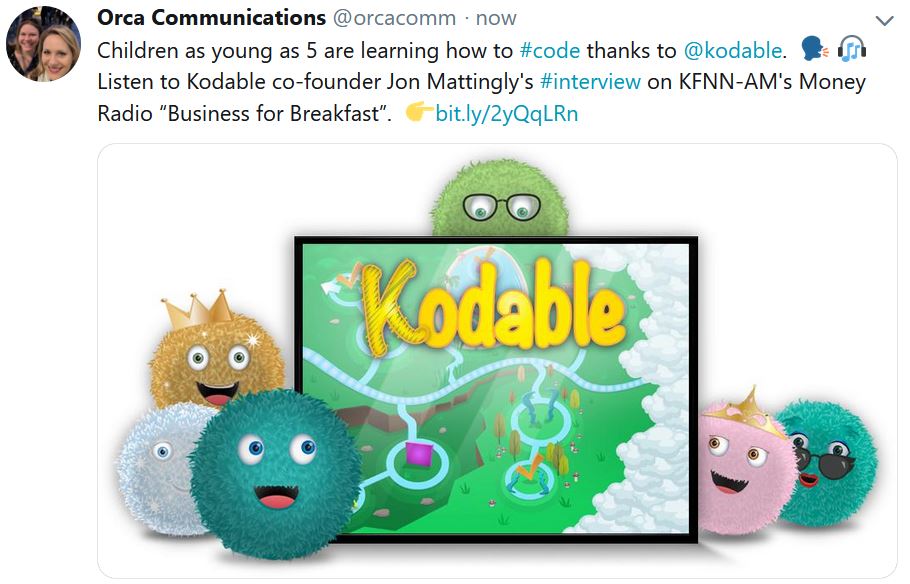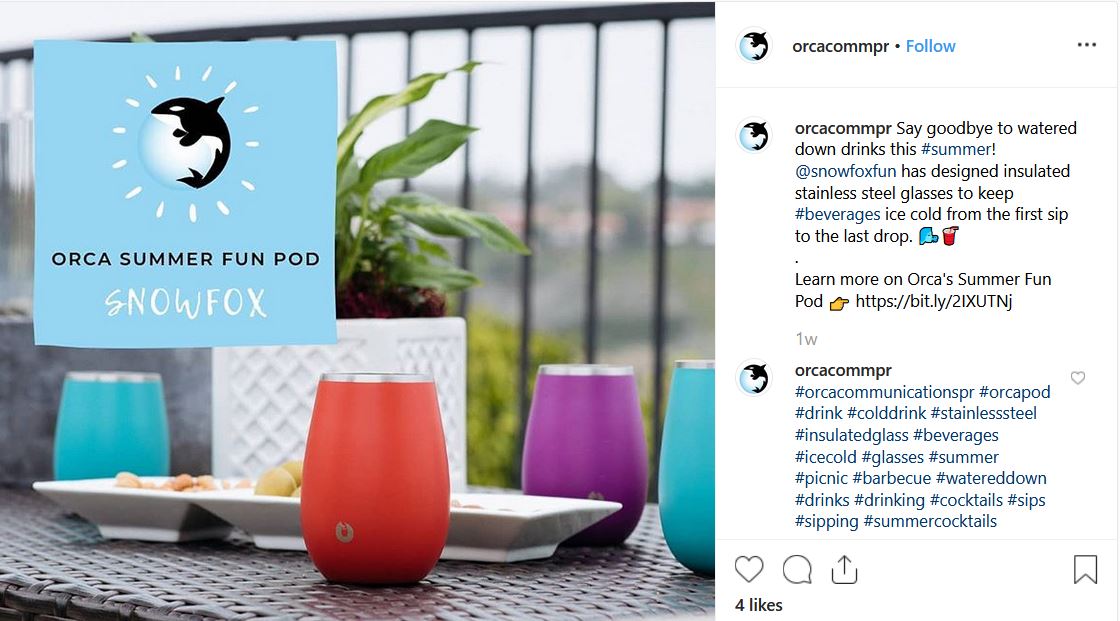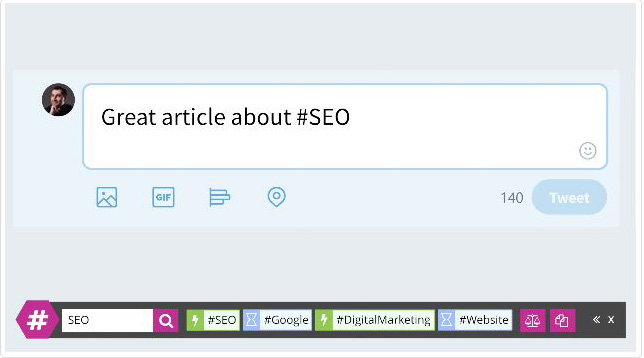A Quick Guide to Hashtags
By: Lora Reuther
As you peek at a competitor’s social media page you will notice a variety of hashtags and various ways to share them. Whether there are 30 hashtags shared in the comments or a sprinkle of hashtags throughout the posts, it can be confusing as to when and how to use them, and where the find the right ones. Hashtags are a great way to reach your audience, build your brand and attract engagement. And better yet, when done right, hashtags can give you all these perks organically. We have so many clients asking for hashtag research during their campaigns that we thought it would be great to provide our community with an easy guide to stepping up your hashtag game.
What is A Hashtag?
You’ve seen them alongside cute baby pics like the one above: #babyfever. It’s a word or two followed by a pound sign (#) that is shared in a social media post and related to the topic at hand. You can find them lingering at the end of posts, sandwiched in the middle or sprinkled throughout. It’s a search aggregating method that can be used to track posts shared by different users across a specific interest. When a user searches for your hashtag or keyword they will find your post in a stream of related content. It’s fun, useful and community-driven activity that helps brands and users alike.
The Best Ways to Share Hashtags
Let’s start with the basics. First ensure that your social media pages and posts are public so that others can see them. Your hashtag should be one word, but phrases can be shared, just don’t include spaces (#WellnessWednesday). Leave out punctuation or symbols and keep them short and sweet. You’re not sharing a sentence, paragraph or book – 1-3 words show best.
Use some restraint when sharing hashtags. If you use a hashtag every couple of words or a long list following your text, it can make users dizzy they will scroll on past your post. Posts with lots of hashtags also flash the spam warning sign. It depends on the platform, and we provide more information for each below, but a good rule of thumb is 1-2 hashtags per post. Find value in the hashtags you use by sharing ones that are specific to the topic you’re writing about. Broad hashtags like #baby and #gift can send your posts to an ocean of varied voices which can cause your post to be lost. And don’t get too clever. Niche hashtags like #bluegiraffe or #babyinnature will attract little attention having only 1K total posts shared. Share hashtags that you know users will want to search and experiment to find out which ones work best for you. If you don’t find a hashtag that works for the post you’re sharing, that’s ok. You want your social media content to provide value and spark interest. Sometimes a hashtag just isn’t necessary.
Facebook: 1-2 Hashtags
Facebook is a community that values privacy and many accounts aren’t made public and hashtags become irrelevant. However, brands have found them useful and you can search for relevant hashtags or click on them in posts to explore topics further. When you’ve narrowed down your best hashtags don’t get carried away posting a huge list. One to two hashtags per post will keep your post clean and still attract that person who searched for your hashtag.
Twitter: 1-2 Hashtags
Twitter allows you to use as many hashtags as you want, but we recommend keeping it to one or two, just like Facebook. Use the words in your tweets as hashtags instead of including a list of hashtags at the end of your tweet. This will save you room, but will also look neater. Remember to choose hashtags that are relevant to the topic you are discussing.
Instagram: 13-30 Hashtags
We love Instagram because you can go nuts with hashtags. Many people like to share them in the actual post but be careful on how many you use and how they are displayed in your copy. It can start to look like spam if all you see are hashtags. Separating them from the copy with a few …. or a __ will help to keep your post clean. Or even better yet, add a comment on your post with the hashtags. You can share 30 hashtags in the comments and 13 hashtags are usually the preference if shared in the actual post.
How to Find Niche Hashtags
Finding the right hashtags can be tricky and many people fall into the trap of using hashtags that are too broad or too vague. To discover popular hashtags that are in your niche, look to the influencers. They’re your brand’s celebrities, bloggers and trusted consumers who know which hashtags work the best. A quick search on Instagram will reveal top influencers and a plethora of niche hashtags in their posts. Search under the TAGS column on the Instagram app to find the top posts for those hashtags.
You can also search for popular influencers natively on Twitter by entering hashtags in the search bar, but there’s even a better tool that you should check regularly. Twitter also offers trending hashtag suggestions that can be useful in your posts or make a timely blog topic. Check out the Top 10 Trends column on the left-hand sidebar under your profile. This tailored list targets your interests, location, and pages that you follow, and the specific location it targets can be changed to your preference. This list only includes popular hashtags of the moment, so you won’t be seeing anything from last week. If you want a few extra suggestions on trending hashtags jump off the desktop and add the mobile app. You’ll find the trending hashtags waiting in the search tab along with an option to view a few more.
Use the Right Tools to Discover Even More
There are also useful websites and tools that you can use to find hashtags. A quick search on Buzzsumo for a specific topic, keyword or domain will reveal writers, bloggers, and publications that you can follow to spot the hashtags they are using. Hashtagify is a cool tool that uses keywords and hashtags to find top influencers and a sorting ability to see their number of followers and niche.
RiteTag is all about hashtags offering suggestions based on real time hashtag engagement. You can enter a word, text and even an image to reveal hashtags. As you type RiteTag will let you know how strong or weak your hashtag is.
Display Purposes is another website that offers suggestions based on related hashtags. Type your hashtag into the search bar at the top of the page and related tags will pop up like magic.
Need Help?
We’ve gotten off to a pretty good start with the basics of hashtagging – how and when to use them, and how to best maximize the usefulness of hashtags. If you need a more in-depth analysis and niche-specific hashtag research, Orca Communications can help with that. Contact us at info@orcapr.com for more information.
